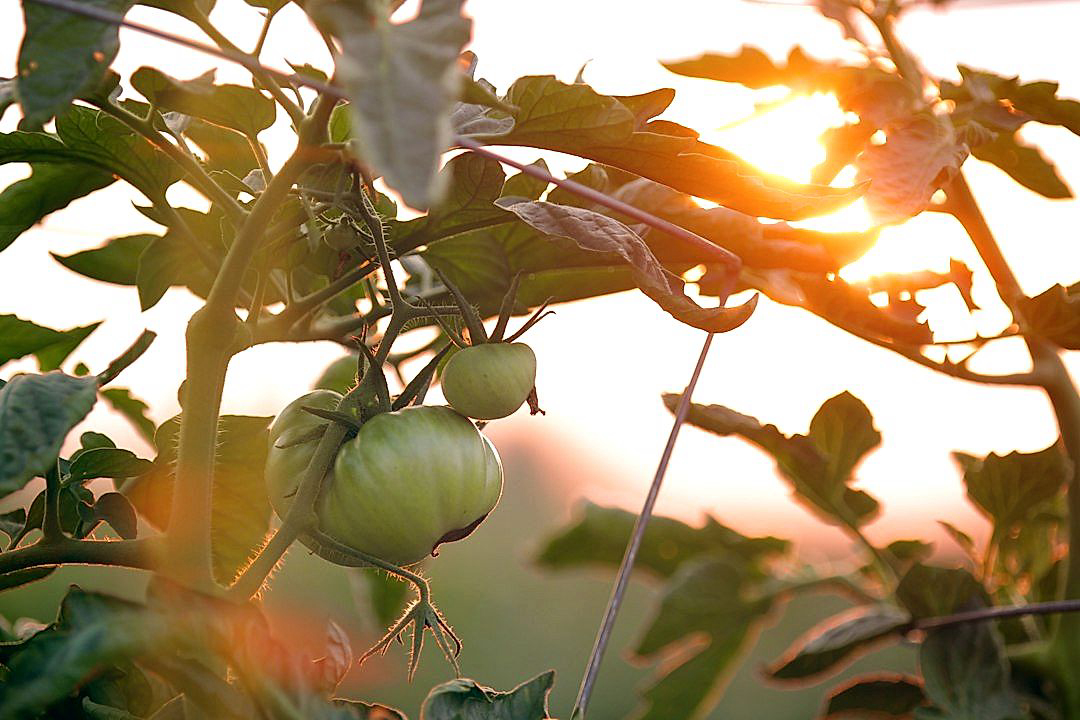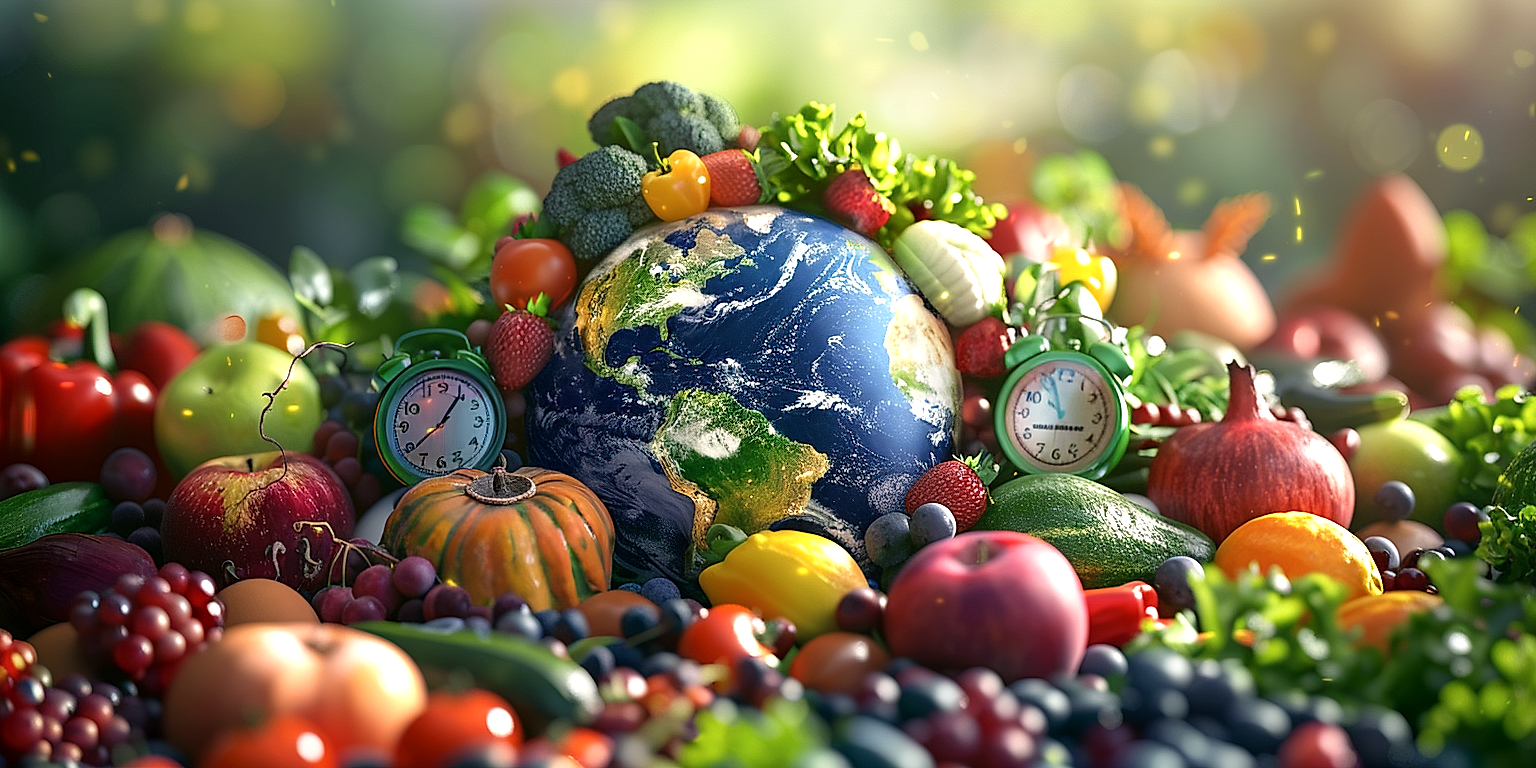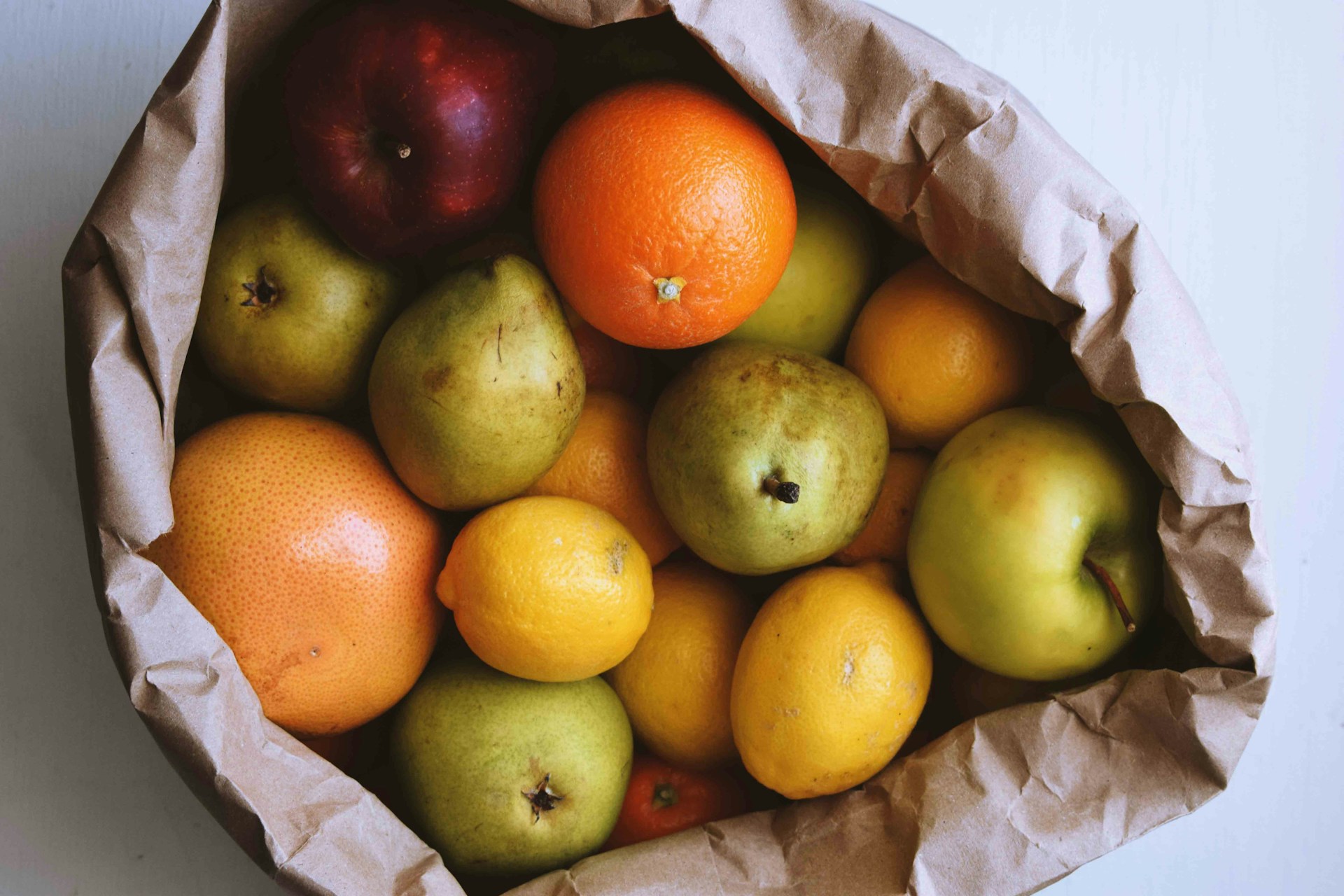The ability of a produce company to thrive depends largely on its understanding and adherence to current shipping regulations.
These rules do not exist in a vacuum, however, and are regularly updated in response to political, environmental, and technical changes globally.
Recently, there has been a wave of modifications with significant potential to disrupt the produce industry’s operation.
This article aims to highlight those changes.
It will present a clear and concise overview of the latest alterations and discuss the imminent effects on the produce business.
In this dynamic and ever-evolving landscape, staying informed is not a luxury, but a necessity for survival.
Contents
- Shifts In Shipping Regulations Affecting Produce Business
- 1. Increased Container Weight Limits for Freight Shipping
- 2. Enhanced inspections for organic produce import/export
- 3. Stricter Cold-Chain Transport Regulations
- 4. Ban on Certain Single-Use Packaging Materials
- 5. Introduction of New Labeling Laws
- 6. Stricter Regulations on GMO Produce Shipping
- 7. Increased customs fees for import/export
- The Bottom Line
Shifts In Shipping Regulations Affecting Produce Business
1. Increased Container Weight Limits for Freight Shipping
First and foremost, the shift towards increased container weight limits for freight shipping stands as a significant transformation in shipping regulations.
For a long time, shipping companies and freight forwarders have dealt with restrictive weight limits when transporting goods, including produce.
However, with these revised regulations, freight shipping companies are now allowed to transport heavier containers than before.
This change stems from technological advancements that have optimized container designs for more efficient cargo handling and a higher carrying capacity.
The adjustment in weight limits is designed to boost overall shipping productivity, enabling more goods to be transported in a single trip.
A surge in shipping productivity not only helps in reducing emissions by needing fewer trips, but it also significantly optimizes the supply chain, making it more efficient.
With higher weight limits, businesses can now ship more produce at once, potentially increasing their market reach and profitability.
This essentially inflates the number of products reaching markets and possibly contributing to more sales.
However, this move also presents a challenge in terms of ensuring that the container and the ship conveying it are sturdy enough to handle the added weight.
Therefore, considerable investments in infrastructure and equipment may be a necessity for shipping companies to safely transport increased goods.
This shift also demands an upgrade in the expertise of shipping personnel, who must understand and adhere to the new weight regulations and safety precautions associated with them.
What’s more, considering the expenses associated with overcoming these challenges, this shift may initially drive up the rates of freight shipping.
However, the long-term gains include more capacity, efficiency, and ultimately a significant reduction in overall shipping costs.
On the other hand, this shift could also have some environmental implications, considering the increased fuel consumption associated with increased container weight.
Lastly, this adjustment in container weight limit necessitates an urgent need for a critical review of current shipping and handling practices and the considers ways to reduce the environmental impact associated with the heavier containers.
2. Enhanced inspections for organic produce import/export
In the recent surge towards healthier lifestyles, organic produce has gained a significant place in consumers’ hearts, all around the globe.
The increased demand for these products has ushered in a steep rise in the import and export of organic produce.
Consequently, the shipping regulations in this sector have seen substantial changes, with enhanced inspections being one of the primary shift.
These inspections act as a safety net, ensuring that the produce reaching the end consumers is truly organic and does not involve the usage of synthetic pesticides, chemical fertilizers, genetically modified organisms (GMOs), or ionizing radiation.
The enhanced inspections impose stricter rules and more rigorous examination procedures.
The effectiveness of these inspections revolves around their comprehensive nature – targeting every stage of the production and distribution process, starting from the growth stage to the transportation and selling points.
This means that the farms, processing centers, storage facilities, and retail outlets dealing with organic produce are all subject to these enhanced inspections.
Additionally, to maintain the integrity of organic produce throughout the shipping process, all shipping containers, packaging materials and handling methods are also inspected.
Detailed record-keeping is another critical aspect of these inspections.
From lists of all substances applied to the land or crops, to dates of harvest, parties involved in the handling and shipping process, and details of sales, comprehensive documentation is required to maintain organic certification.
Furthermore, these inspections also encompass unannounced on-site spot checks and residue testing to ensure continual compliance with organic standards.
The increased emphasis on inspections has seen a consequent rise in staffing and training needs, both in terms of number and expertise.
In turn, this has spurred the introduction of more specialized roles in the import/export sector, from organic inspectors to compliance officers.
While the enhanced inspection processes can mean increased time and costs for businesses, they are also seen as a necessary measure in maintaining the integrity and trust in organic produce, a factor that is critical to this sector’s robust growth.
Transparency is a crucial trait that these enhanced inspections aim to establish in the organic produce import/export sector.
Through rigorous checks at every stage of the process, they help ensure that consumers can trust the organic label on their produce, and remain confident of making healthier choices.
3. Stricter Cold-Chain Transport Regulations
The global produce industry has seen significant changes in its operation due to shifts in shipping regulations.
One of these profound effects comes from stricter cold-chain transport regulations, which could mean more meticulous procedures and progressive standards.
The cold-chain process, as many know, is critical for maintaining the quality, freshness, and safe consumption of perishable products during shipping and logistics.
However, increasingly stringent regulations on transport temperature and storage conditions are expected to pose new challenges to the sector.
New regulatory standards are aimed at maximizing product quality and safety while minimizing the risk of cross-contamination.
Some of these rules encompass the appropriate temperature range for shipping, temperature monitoring during transport, and how these are precisely recorded and reported.
Tighter regulations also demand that shipping companies be equipped with the latest technologies, including IoT devices for real-time temperature monitoring.
Both retailers and consumers are becoming increasingly aware of and demanding about the quality and safety of the food they consume, leading to these stricter regulations.
Furthermore, these regulations lay specific emphasis on the requirement for proper procedures and documentation to ensure traceability.
Every temperature fluctuation or deviation from the standard must be duly noted and accounted for throughout the supply chain.
These strict regulations are intended to increase accountability and transparency in the food supply chain.
However, meeting these regulations could mean additional cost burdens for growers, shippers, and ultimately, consumers.
Enhanced infrastructure, increased training for employees, and advanced monitoring equipment are part of this increased cost.
Moreover, non-compliance can lead to severe penalties and damage a company’s reputation, adding to the urgency for adherence to such regulations.
Therefore, it is absolutely necessary for all players within the produce industry to understand and adapt to these emerging shipping regulations.
For the pursuit of increased product quality and safety, complying with these cold-chain regulations is apparently of great importance.
Despite these challenges, however, the industry is swiftly adapting to the stricter cold-chain transport regulations, guided by the larger goal of ensuring top quality fresh produce for consumers all over the world.
4. Ban on Certain Single-Use Packaging Materials
In recent years, the global shipping industry, including produce businesses, has seen a shift in regulations related to packaging materials.
One of these significant changes has been the ban on certain single-use packaging materials.
This ban is mainly for the materials that are non-biodegradable and harmful to the environment, creating massive waste which cannot be recycled or reused efficiently.
For the produce businesses, it means they need to seek other environmentally sound alternatives for shipping and storage of their products.
A number of governments globally have enforced these bans to reduce waste generation and environmental pollution.
The introduction of these prohibitions has not only affected the packaging processes but also significantly influenced the cost and business models of many produce corporations.
This adds an additional cost for these businesses as the alternatives to single-use packaging materials, like bio-plastics or recyclable materials, are often more expensive.
These changes in the regulation have led produce companies to explore and invest in R&D to develop cost-effective, sustainable packaging alternatives.
The shift in packaging material regulations has served as a catalyst for innovation in the produce industry.
Corporations are now more focused on finding solutions that are not only eco-friendly but also cost effective and efficient for transportation and storage of their products.
The ban on single-use packaging materials is encouraging the industry to move towards a more sustainable and green supply chain.
However, the implementation of such regulations also comes with its own set of challenges such as the need for investments in new technology and infrastructure, training of personnel and the time consuming process of change in practices.
This shift has seen a push in not only legislation but in consumer preference too, with increasing demand for businesses to undertake sustainable practices.
In an industry like the produce business, where freshness and quality of the product are critical, it challenges companies to seek options that meet these requirements while adhering to the new regulatory framework.
The ban on certain single-use packaging materials has brought on a significant shift in the produce business, encouraging businesses to innovate and adapt to new environmental regulations.
Apart from the environment, the shift towards alternative packaging is also seen as an opportunity for job creation in the research and development of new technologies and industries.
5. Introduction of New Labeling Laws
As the world becomes more global and interconnected, shipping laws are continually adapting to keep pace.
One area seeing significant shifts is in the introduction of new labeling laws impacting the produce business.
These changes are not merely cosmetic or superficial; they represent significant regulatory shifts that affect how businesses operate globally.
Understanding these changes and their potential impact is crucial for any business involved in the produce shipping sector.
New labeling laws are demanding more transparency and traceability from businesses, impacting every stage of the shipping process.
In recent years, many countries have introduced new laws that require more detailed labeling on produce.
These labels now must include not only the product’s origin but also details such as the methods of production, ingredients, and potential allergens.
This increase in information is designed to give consumers a better understanding of the products they are buying and where they come from.
They represent an attempt by governments to increase accountability in the industry and provide more transparency to consumers.
For businesses, these changes mean they must be more diligent in their documentation and record-keeping.
They are also likely to lead to an increase in shipping time and costs as companies adapt to these new requirements.
However, it’s not just the legislation that is changing, but also the enforcement of these laws.
Governments are increasing the penalties for companies that do not abide by these new labeling laws.
As a result, businesses that fail to comply may face hefty fines or even a potential ban on shipping their products.
While this increased regulation may be challenging, it also represents an opportunity for businesses.
Those who can navigate these changes successfully will be able to gain a competitive advantage and increase their market share.
In an industry that is always changing, staying ahead of the curve and adapting to new regulations is essential.
Overall, the introduction of these new labeling laws is yet another example of the constant shifts in shipping regulations affecting the produce business.
6. Stricter Regulations on GMO Produce Shipping
Within the produce business, one significant shift in recent years has been the increased regulation of genetically modified organisms (GMOs).
These new shipping regulations, specific to GMO produce, have significantly impacted both domestic and international trade.
One main target of these regulations is to ensure the clear disclosure of GMO produce, holding companies accountable for accurate labeling and transparency.
The stricter regulations aim to minimize potential risks associated with GMOs and ensure the right to knowledge and choice for consumers across the globe.
Genetically modified produce might contain allergens or toxins, making their shipping and distribution sensitive in nature.
While GMOs offer potential advantages such as enhanced yields and improved resistance against pests, their potential risks warrant enhanced legislative attention.
There’s an ongoing debate regarding the environmental, health, and economic impacts of GMOs.
These GMO-specific shipping regulations are intended to mitigate these potential risks through stricter control measures.
Detailed compliance with the regulations helps ensure safety, traceability, and consumer trust in the global produce market.
Non-compliance may lead to severe penalities, including fines, shipment confiscations, suspension of licenses, and worse, reputational damage.
The effect on small to medium-sized enterprises (SMEs), who find these regulations particularly challenging, has been significant.
Many SMEs lack the resources to quickly adapt to these stringent regulations, placing them at a competitive disadvantage.
In terms of international trade, countries with differing GMO standards and regulations have caused trade disruptions and conflicts.
All these prevailing factors are pushing companies to rethink their strategies and revamp their supply chain management.
While these stricter regulations honestly aim towards transparency and minimizing potential risks, the pragmatic challenges they pose to the produce business cannot be ignored.
As GMO regulations continue to evolve, both the industry and consumers stand to be significantly affected either positively or negatively.
7. Increased customs fees for import/export
One of the most impactful changes in shipping regulations affecting the produce business involves a significant increase in customs fees for importing and exporting goods.
This measure, though controversial, is justified by policy makers as a necessary step in raising additional revenue for infrastructure improvements and border security measures.
The increased costs are invariably passed onto the distributors and eventually, to the consumers in the form of higher prices for imported produce.
This could potentially shift the market dynamics, encouraging consumers to opt for locally sourced produce that may be more competitively priced due to reduced shipping and customs costs.
While this has an adverse effect on import-dependent businesses, it could provide a significant boost for domestic agriculture.
This effect is likely to be felt more strongly in countries with a high reliance on imported produce.
Even a small increase in customs fees can translate into major additional costs when considering the high volume and value of produce being shipped internationally.
For businesses that depend on exported produce, the increase in customs fees can mean reduced profit margins or the need to seek out alternative markets.
These businesses might also face the prospect of losing customers who are unwilling or unable to absorb the added costs.
On a larger scale, these increased costs could influence trading relationships between countries, potentially spurring political tensions and trade disputes.
The increased customs fees could force exporters to be more selective in choosing their markets, focusing on those locations where the fees are relatively lower or where the demand for their goods is high enough to justify the increased cost.
Conversely, importers may begin sourcing from countries with lower customs fees or where trade agreements allow for preferential treatment.
Regrettably, the increased costs may also encourage unscrupulous traders to seek out illegal means of avoiding customs fees, such as smuggling or under-declaring the value of goods.
Ultimately, these increased custom fees impact the entire produce supply chain, from the farmers themselves to the end consumers.
The Bottom Line
It must be underscored that these proposed changes denote a significant paradigm shift in freight shipping and organic produce transport regulations.
Indubitably, the increased weight limitations and enhanced scrutiny for organic produce will necessitate both domestic and international stakeholders to revise their operations strategies.
Similarly, the stricter guidelines for cold-chain transports, modification of single-use packaging material policies, and new labeling laws will call for substantial adjustments and adherence.
Further, the more rigorous regulations on GMO produce shipping and increased customs fees are set to have a profound ripple effect on the fiscal and logistical aspects of import/export.
Ultimately, these transformations are poised to redefine contemporary norms and set a new standard in sustainable and ethically conscious shipping practices.




